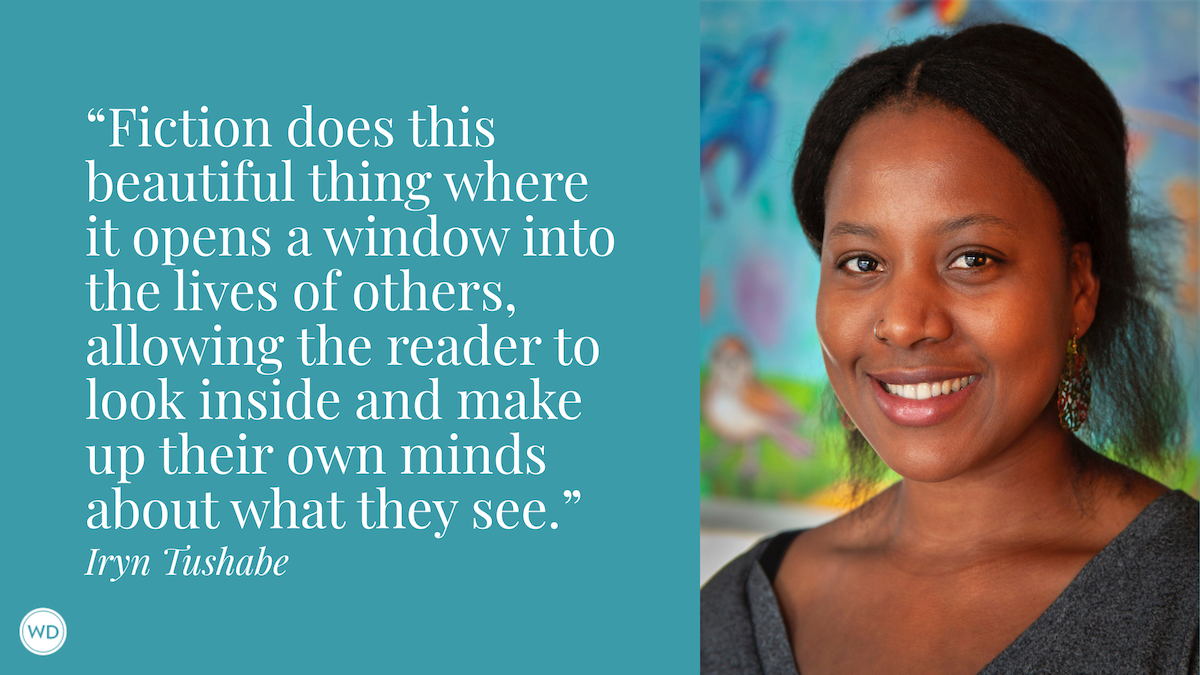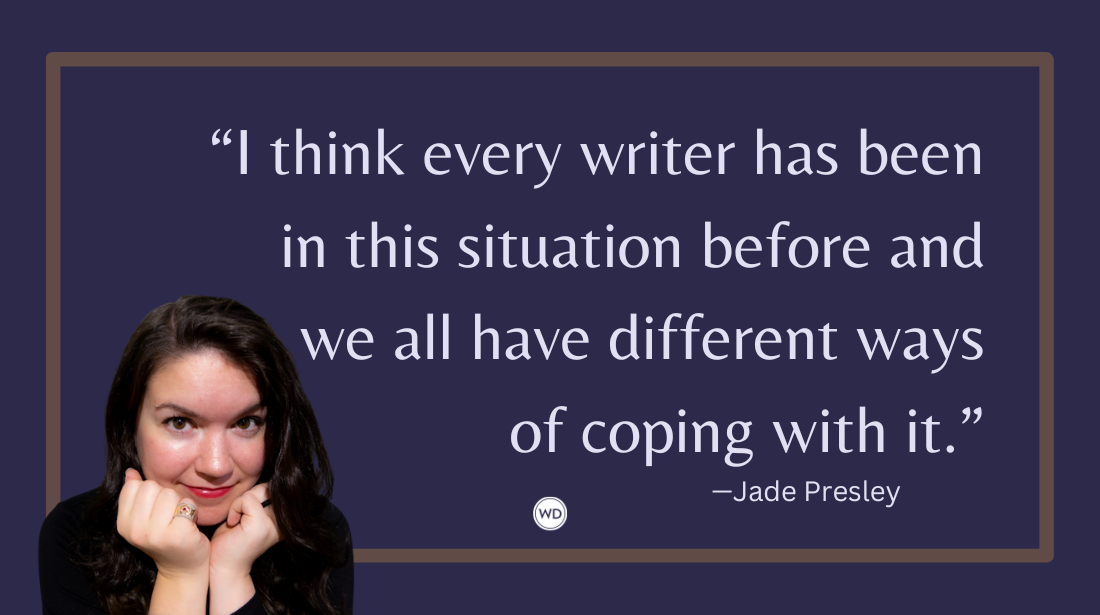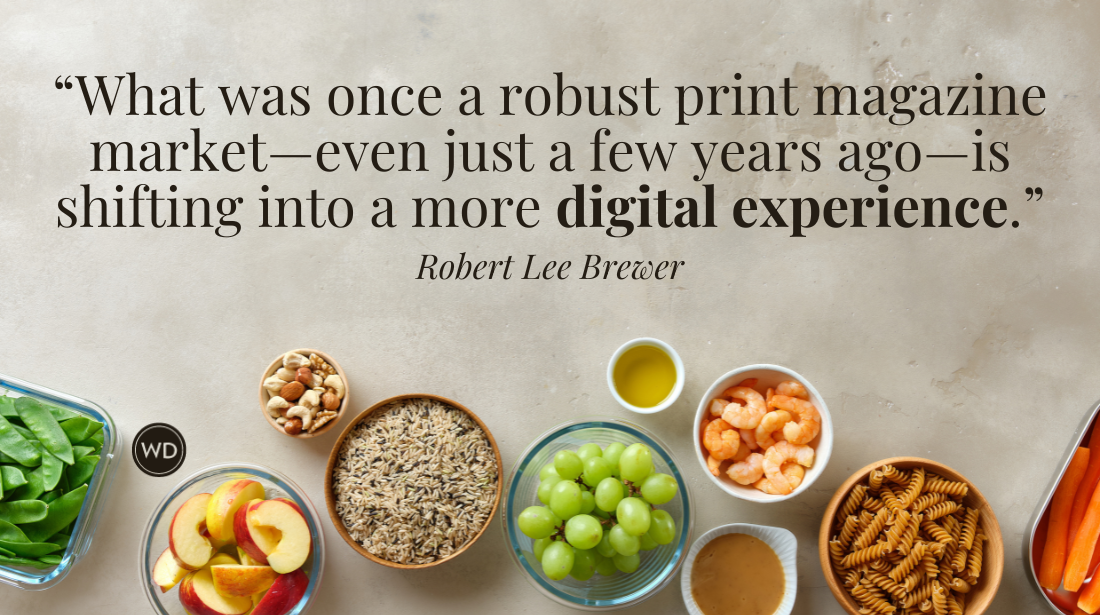How to Crowdfund Your Book
Crowdfunding in publishing has received a lot of attention in recent months. Successful crowd-funder and author Chris Stollar shares his tips for realistic and practical tips to make crowdfunding work for you.
It can cost hundreds to thousands of dollars to produce a high-quality, self-published book that competes with its traditionally published counterparts.
While some authors may be independently wealthy, most of us don’t have those funds lying around to spend on a professional developmental editor, graphic designer, and every other piece of the self-publishing puzzle. Even if you do, the lack of exposure to any readers outside family and friends will probably limit your sales.
If planned and executed well, a crowdfunding campaign can provide self-published authors both the funds and exposure you need to kickstart your writing career.
How to Lead a Successful Crowdfunding Campaign
Kickstarter, Indiegogo, and Patreon remain three of the most popular crowdfunding platforms for publishing. Each site has its own benefits, but I am going to use Kickstarter as my main example due to its focus on creative projects and because I relied on them to publish The Black Lens.
My debut novel is a crime thriller about a teenage girl who fights back against a pimp who forces her into sex trafficking in a small American town. After pitching the book in 2015 to dozens of agents with several bites but no offers, I asked my wife if I could spend about $3,000 of our savings to self-publish.
Of course, she said no. But she also encouraged me to think about crowdfunding—a concept I hadn’t considered before. The more I researched crowdfunding, the more excited I became. I learned that more than 2 million people have pledged $200 million to publishing projects since Kickstarter began over 10 years ago.
“Crowdfunding presents a unique opportunity for authors to sell books and build an audience,” writes James Haight, author of Funded: The Exact Steps, Strategies, and Tools to Crowdfund Your Book. “Successful crowdfunding campaigns do more than just get fans excited about your book. They get fans excited about the book’s journey. With crowdfunding, your backers are more than just customers. Backers become part of the reason that your book exists, and this creates a level of excitement that simply doesn’t occur after your book is printed.”
That excitement convinced me to build a campaign page on Kickstarter. Think of your crowdfunding page—no matter what platform you use—as a query letter meets fundraising pitch. Building that page and pitch involves three key steps:
- Set clear, specific, and realistic goals: Let your funders know what success looks like for you and exactly what their dollars cover. For example, I earmarked about $1,500 for professional editing, $500 for the cover art, and additional funds for all other publishing expenses. Any extra dollars raised I planned to spend on specific marketing tactics, such as my author website. Be specific so donors know you’re not trying to scam them into a self-published book that costs $100,000. The Editorial Freelancers Association lists median rates for editors, designers, and other publishing-related freelancers.
- Identify your core group of funders: I started with my closest friends and family, sending them personal and direct messages with links to my crowdfunding site. I also wrote and mailed hand-written notes to other family members who weren’t as technologically savvy. That may sound old-fashioned, but personal and tailored fundraising appeals usually succeed more than impersonal and generic pitches. Once your site launches, make sure you follow up with those same individuals at least one more time because people need reminders.
- Focus on the benefits to those funders: Your main pitch to donors should explain what they get out of this crowdfunding campaign based on tiered donation levels. For example, those who gave at least $10 to The Black Lens got their name listed on my novel’s website as a “Donor.” Individuals who donated at least $25 received a copy of the novel, plus their name listed on my website as a “Supporter.” People who contributed at least $50 saw their name published in the book and listed on my website as a “Partner,” along with a signed copy of the novel. Anybody who pledged $100 or more won a signed and limited hardcover edition of my novel, plus their name published in the book and listed on the website as an “Advocate.”
Following those steps doesn’t guarantee funding, but it will increase your chances. When I launched my own Kickstarter campaign, because I followed those three steps, I convinced more than 70 donors to pledge $3,694. That surpassed my original goal by 48 percent.
While I couldn’t believe the success of my crowdfunding campaign at first, I knew in the back of my mind that this would become just the first step in completing my self-publishing journey. Now the real work came—publishing and marketing my work to readers.
Transition From Crowdfunding to Publishing and Marketing
After having a drink (or two) to toast your successful campaign, take off your fundraising hat and put on your business hat. These next three steps will help you make that important transition from crowdfunding to the rest of your writing career:
- Fulfill your fundraising pledges: Follow up with each donor individually, rewarding and thanking them with personal notes that also ask them to leave a short, honest review and promote your book to others on social media. Those two simple calls to action will help keep the momentum of your crowdfunding campaign going and may also lead to increased sales.
- Keep your funders informed of any key milestones with your book: Ask them to follow your self-publishing journey by subscribing to your blog, newsletter, and social media accounts. If you don’t already have those set up, develop them before you launch your crowdfunding campaign as they will help you keep your funders informed, maintain momentum, and increase your sales over the long haul.
- Connect your book to a cause: If you write nonfiction, that should be relatively easy. But even fiction authors—especially those who focus on crime novels—can tie their stories to social justice issues that readers care about. The July/August issue of Writer’s Digest included several powerful articles and real-life examples about this topic.
While my crowdfunded novel The Black Lens remains first and foremost a crime thriller, it also highlights more than three years of research I conducted about the social justice cause of human trafficking. That research paid off when I finally published my novel, because local and even national organizations partnered with me to promote my book to their target audiences—expanding my original crowdfunding readership exponentially. Not every book can be tied to a cause in an authentic way but challenge yourself to see if you can.
“In a world desperately in need of change, you have an opportunity now to write a book that inspires personal, organizational, or global transformation,” writes Nina Amir, author of How to Blog a Book. “To be an ‘author of change,’ you also need a cause—a type of change to advocate … After all, it’s your goal to get readers to do something differently.”
At the end of the day, that’s what writing, publishing, and crowdfunding is all about.
Christopher Stollar (ChristopherStollar.com) is an award-winning author, accredited public relations professional, and former reporter with a master’s degree in journalism who works full-time in marketing at a Fortune 100 company. Stollar’s crowdfunded debut novel, The Black Lens, won Grand Prize in the 2016 Writer’s Digest Self-Published E-Book Awards. It also became a finalist in the Indie Book Awards and a semifinalist in the Book Pipeline Competition. His new novel, Real Girl, placed as a Top 25 Finalist in the 2020 Launch Pad Manuscript Competition and is currently being pitched to publishers by senior agent Paula Munier of Talcott Notch Literary.








